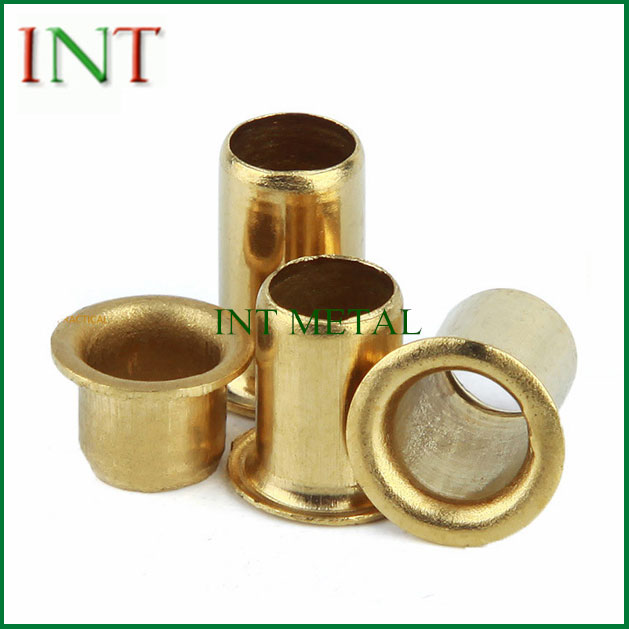Rivets are mainly used to connect two nail-shaped objects with through holes and a part (or component) with a cap on one end. In riveting, the parts to be riveted are connected by their own deformation or interference. There are many types of rivets and they are informal.
1. Semi-hollow rivets
1). Quickly and cheaply connect the workpiece materials together.
2). The hollow part of the rivet can be fastened tightly or loosely (hinge assembly).
3). The length of the rivet rod must be long enough to pass through the workpiece and leave a long enough shank for nailing.
4).The tightness of the riveted joint is determined by the force exerted by the riveted joint, and it is easy to adjust.

2. Solid rivets
1). Solid rivets are the strongest rivets used in fastening joints.
2). Rivets can be hardened in some applications to increase strength and durability.
3) . Rivet can choose electroplating and coating.
3. Step rivets
1). While allowing the riveted workpiece to rotate, the step rivet quickly rivetes the workpiece materials together.
2). When the rivet rod is fastened to the non-rotating part of the workpiece, the shoulder of the rivet acts as a supporting surface.
3). The most common connection method for riveting workpieces is to impact or compress rivets with a press die.